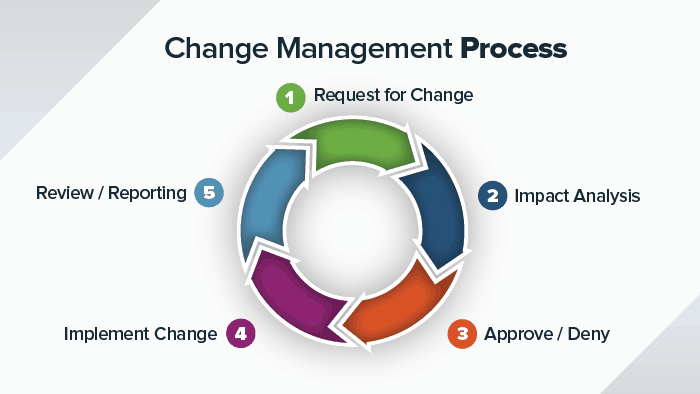Social and Emotional Development Regarding Divorce
Social and Emotional Development Regarding Divorce
 To Prepare:
To Prepare:
- Choose two of the following aspects of social and emotional development:
- Relationship with and interactions between mother, father, siblings
- Quality of peer relationships
- Empathy
- Expression of emotion
- Emotion regulation (e.g., impulse control)
- Romantic relationship formation/success
- Choose a developmental stage to focus on in this Discussion (e.g., preschool years, middle childhood, adolescence, emerging adulthood). (Note: If you choose emerging adulthood, please make sure you focus on the development of individuals 18–25 whose parents are divorcing.)
- Consider how divorce has been shown to impact that aspect of development in the short and long term.
By Day 4
Post an analysis of how divorce has been shown to impact the aspect of social and emotional development that you selected, both within the first 2 years after the divorce as well as long term (e.g., into adulthood). Reference at least two peer-reviewed articles beyond this week’s Learning Resources to support the arguments you present in your post.
Model Answer
“Remember, you can always order a personalized, quality, and original answer just meant for you by following this link. Our able team is ready to help with all kinds of research assignments.”
Social and Emotional Development Regarding Divorce
Divorce has negative impacts in the adolescence developmental stage. Mainly at this stage, when the dissolution of marriage occurs, the children are profoundly impacted since this is a time they have heightened sensitivity. The transition period, therefore, makes the adolescents vulnerable to any changes that may occur in the family structure or other close relationships. In the first two years, it becomes quite challenging for the parents as well as the adolescents to cope with the new family arrangements of the separated parents. Divorce leads to adverse short-term and long-term effects on the quality of peer relations and the expression of emotions aspects of social and emotional development in the adolescent stage.
The Short-Term Impacts
Once the parents have divorced, a significant short-term effect is that the children become rebellious and resistant to following the rules set at home. This mostly happens as a result of feelings of anger and hatred due to the separation. During the adolescent stage, children are encountered with identity crises since; they try to develop their individuality so that they are independent of their parents. That is why at this stage, the children value the relationships they develop with their peers than with their families. In social development, peer relationships have a significant influence on the individuality of the adolescents (Clarke-Stewart, & Parke, 2014). In this case, the children are not able to control their bitterness which they extend to their peers, and this affects the quality of the friendships.
For quality and original answer, please order here.
Another short-term effect on the aspects of expression of emotions is that the adolescents struggle expressing their feelings concerning the divorce which leads to stress. They develop emotions of guilt, shame, grief, sadness, and even abandonment. Such emotions overwhelm them to a point they are not able to adjust to the situation. This forces them to socially withdraw themselves from their peers, families and the society which is the other short-term effect. Also, children in the adolescent stage are not able to cope and communicate openly when they are exposed to stressful situations. Unfortunately, this contributes to a decline in their academic performance. The academic performance is affected as a result of dropout rates, failing to attend classes and poor concentration in class. For instance, when there are no proper arrangements on who is to take care of the children’s education and overall well-being, the parent that ends up with the children may experience financial challenges. This is a significant stressor that the adolescents are not able to openly communicate about with their already stressed parent (Dunsmore, et al., 2009).
The Long-Term Impacts
The adolescents are not able to maintain good relationships with their peers so; they end up in wrong peer groups where they are introduced to drugs and other substances. In the long run, they become drug addicts, alcoholics, pickpockets, or even thugs. They mostly do so to further infuriate or rebel against their divorced parents. Still, the peers develop premature intimate relationships which lead to teenage pregnancies. The shame from the actions makes the adolescents have low self-esteem which affects their psychological growth. Still, the quality of peer relationships may diminish since the adolescents become insecure which affects their future friendships.
In the case of expression of emotions, since the adolescents cannot communicate openly about their feelings, it increases their stress levels, and this leads to health issues such as mental disorders. This happens because the parents are not usually emotionally and physically present to interact and share problems with their children. Such gaps leave the children vulnerable to mental conditions like depression. Approximately 3-8% of adolescents suffer from depression whereby the rate of depression in the adolescent girls is reported to be high (Meichenbaum, 2010). This is because girls at this stage are more prone to be affected by unhealthy environments because of the hormonal changes in their bodies which increase their sensitivity.
For quality and original answer, please order here.
Conclusion
The above short-term and long-term effects can be prevented if the separated parents are cooperative in ensuring that the adolescents adjust to the new family arrangements. For instance, they should maintain loving relationships with their children as well as prioritizing their needs. Also, they should encourage open communication and ensure that as they co-parent, they should actively listen to their adolescent children. Most importantly, the parents should take time before they involve themselves in other relationships. This enables the children to have an adequate time of adjusting to the separation. Otherwise, new relationships make the parents have divided attention which affects the adjustment process of their children. Also, intervention programs should be considered since the children learn how to manage stress, communicate, regulate their emotions, as well as adjust to the changes.
References
Clarke-Stewart, A., & Parke, R. D. (2014). Social development (2nd ed.). Hoboken, NJ: Wiley.
Dunsmore, J. C., Her, P., Halberstadt, A., & Perez-Rivera, M. B. (2009). Parents’ beliefs about emotions and children’s recognition of parents’ emotions. Journal of Nonverbal Behavior, 33(2), 121–140
Meichenbaum, D. (2010, May). Child and adolescent depression and suicide: Promising hope and facilitating change. In At the 14th Annual Conference May (Vol. 7).
Social and Emotional Development Regarding Divorce Read More »

 Students will create a
Students will create a